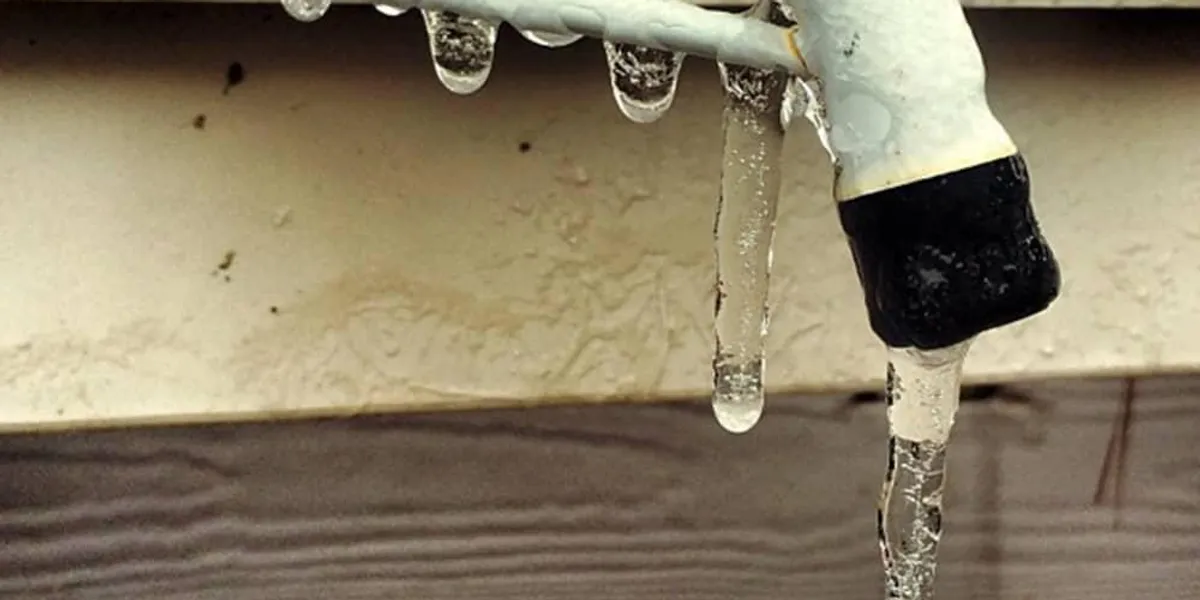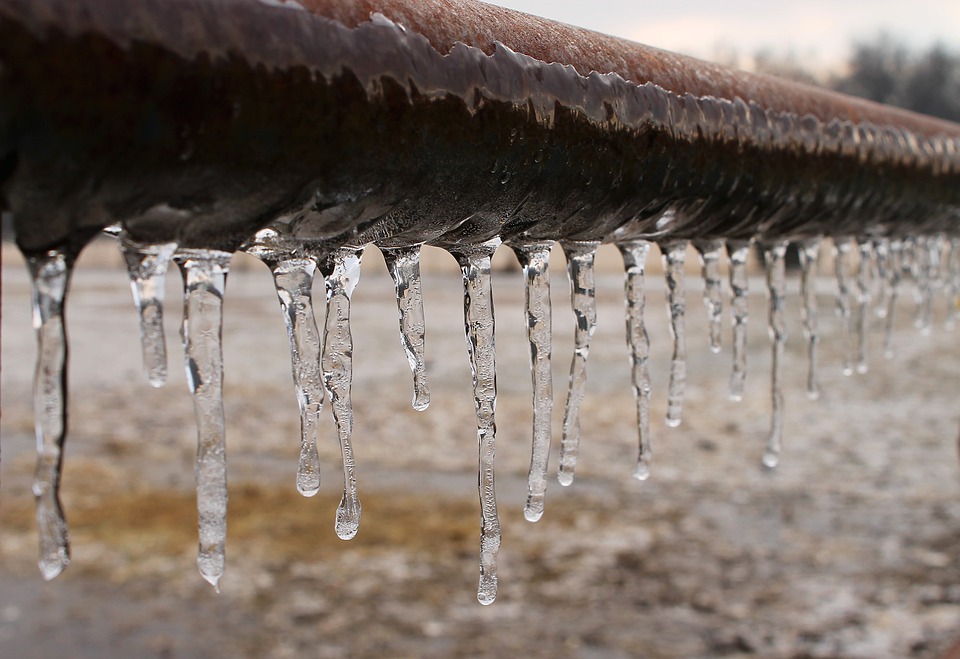Tips for Preventing Frozen Plumbing in Cold Weather: Specialist Insights
Tips for Preventing Frozen Plumbing in Cold Weather: Specialist Insights
Blog Article
Any individual seems to have their own individual theory involving Prevent Frozen Pipes .

Winter can damage your pipes, especially by freezing pipelines. Here's how to stop it from happening and what to do if it does.
Introduction
As temperatures decrease, the risk of icy pipelines boosts, possibly bring about costly repair work and water damages. Recognizing just how to prevent icy pipelines is important for property owners in chilly environments.
Avoidance Tips
Insulating susceptible pipelines
Wrap pipelines in insulation sleeves or use warm tape to protect them from freezing temperatures. Focus on pipelines in unheated or external areas of the home.
Home heating methods
Keep indoor spaces adequately warmed, specifically areas with pipes. Open cabinet doors to permit cozy air to flow around pipelines under sinks.
Exactly how to recognize icy pipelines
Seek reduced water flow from faucets, unusual smells or noises from pipes, and noticeable frost on revealed pipelines.
Long-Term Solutions
Architectural changes
Think about rerouting pipes far from exterior wall surfaces or unheated areas. Add extra insulation to attic rooms, cellars, and crawl spaces.
Upgrading insulation
Buy high-quality insulation for pipelines, attics, and walls. Proper insulation assists keep consistent temperature levels and lowers the risk of icy pipes.
Protecting Exterior Plumbing
Garden tubes and outdoor taps
Detach and drain pipes yard hoses before winter. Set up frost-proof spigots or cover exterior faucets with insulated caps.
Comprehending Icy Pipes
What creates pipelines to freeze?
Pipelines freeze when exposed to temperature levels listed below 32 ° F (0 ° C) for prolonged durations. As water inside the pipelines freezes, it broadens, putting pressure on the pipeline wall surfaces and potentially causing them to burst.
Risks and damages
Icy pipes can cause water system disturbances, residential or commercial property damage, and expensive repair services. Ruptured pipes can flood homes and cause considerable architectural damage.
Signs of Frozen Water Lines
Identifying icy pipes early can avoid them from bursting.
What to Do If Your Pipes Freeze
Immediate activities to take
If you think icy pipes, keep taps available to alleviate stress as the ice thaws. Utilize a hairdryer or towels soaked in hot water to thaw pipelines gradually.
Conclusion
Protecting against frozen pipes requires proactive steps and fast reactions. By understanding the reasons, signs, and preventive measures, house owners can shield their plumbing throughout winter.
6 Proven Ways to Prevent Frozen Pipes and Protect Your Home
Disconnect and Drain Garden Hoses
Before winter arrives, start by disconnecting your garden hoses and draining any remaining water. Close the shut-off valves that supply outdoor hose bibs and leave the outdoor faucet open to allow any residual water to drain. For extra protection, consider using faucet covers throughout the colder months. It’s also important to drain water from any sprinkler supply lines following the manufacturer’s directions.
Insulate Exposed Pipes
Insulating your pipes is an effective way to prevent freezing. Pipe insulation is readily available at home improvement stores and is relatively inexpensive. Pay close attention to pipes in unheated areas such as the attic, basement, crawl spaces, or garage. Apply foam insulation generously to create a buffer against the cold. You can also wrap your pipes in heat tape or thermostat-controlled heat cables for added warmth.
Seal Air Leaks
Inspect your home for any cracks or openings that could let in cold air. Seal any holes around the piping in interior or exterior walls, as well as the sill plates where your home rests on its foundation. Additionally, make sure to keep your garage door closed unless you’re entering or exiting. Leaving it open creates a significant air leak that can lead to frozen pipes.
Allow Warm Air Circulation
During cold snaps, it’s essential to allow warm air to circulate evenly throughout your home. Leave interior doors ajar to promote better airflow. Open kitchen and bathroom cabinets to help distribute heat consistently around the rooms. If you have small children or pets, be sure to remove any household chemicals or potentially harmful cleaners from open cabinets for safety.
Let Faucets Drip
A small trickle of water can make a big difference in preventing ice formation inside your pipes. When temperatures drop significantly, start a drip of water from all faucets served by exposed pipes. This continuous flow helps prevent the water from freezing. Additionally, running a few faucets slightly can relieve pressure inside the pipes, reducing the chances of a rupture if the water inside does freeze.
https://choateshvac.com/6-proven-ways-to-prevent-frozen-pipes-and-protect-your-home/

Hopefully you liked our article on How to Prevent Your Pipes From Freezing. Thanks a ton for taking time to browse our piece. Appreciated our piece of writing? Please share it. Help somebody else locate it. Many thanks for being here. Come back soon.
Book Now! Report this page